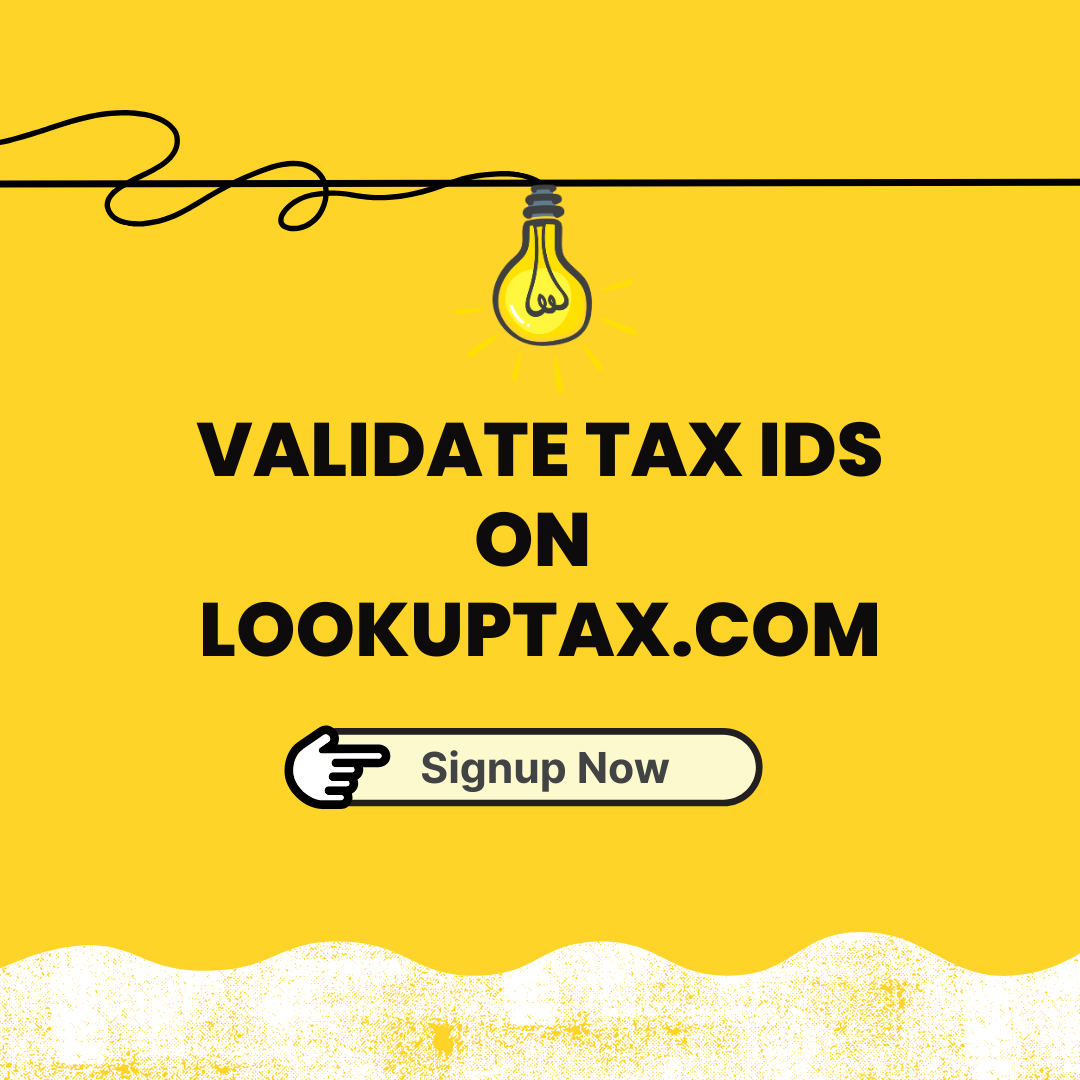E-Invoicing in Germany - Navigating Complexities and Obligations for B2B and B2G Transactions
| Country | Germany |
| Status - B2G | Mandatory |
| Status - B2B | Voluntany |
| Status - B2C | NA |
| Formats | XRechnung & ZUGFeRD |
| Authority | |
| Network name | ZRE and the OZG-RE |
| Legislation |
Overview
Germany presents unique challenges compared to other European countries. The complexity arises from the diverse set of laws and regulations enacted by the various federal states (Länder), each containing its own unique provisions. While similarities exist, differences abound.
While B2B e-invoicing is currently not mandatory in Germany, there is no official timeline for its implementation. However, a clue can be found in the coalition agreement signed by the new government on November 24, 2021. The agreement emphasizes the fight against VAT fraud and proposes the introduction of a nationwide electronic reporting system for issuing, validating, and forwarding invoices. The aim is to reduce fraud vulnerability and streamline the interface between administration and companies.
To combat VAT fraud effectively, the government plans to cooperate with federal states. While the exact dates for mandatory B2B e-invoicing in Germany remain uncertain, businesses can still opt for electronic invoicing voluntarily.
In contrast, B2G e-invoicing follows the guidelines of EU directive 2014/55/EU. Since November 27, 2020, it has become obligatory in Germany. The designated format for B2G invoices is XRechnung, a semantic data model based on XML and compliant with the European standard EN 16931. When sending invoices to public authorities in Germany, businesses are required to use the XRechnung format.The public authorities are obliged to receive and process this format.
How to send B2G einvoices ?
If an individual needs to invoice a public sector entity, they must determine whether the entity belongs to the federal administration directly or indirectly, or if it is an authority of a German federal state. In the case of direct federal administration, the invoice should be submitted through the Zentrale Rechnungseingangsplattform (ZRE). For indirect federal administration, invoices should be processed through the Onlinezugangsgesetz-konforme Rechnungseingangsplattform (OZG-RE). The OZG-RE platform is also utilized by some federal states as an invoicing portal. Additionally, there is a minimum threshold of EUR 1,000 for e-invoicing, meaning invoices below this amount are not required to be submitted electronically.
Both the ZRE and OZG-RE platforms facilitate the creation of an XRechnung. Alternatively, an XRechnung can be generated in other systems, such as an ERP system, and then uploaded to the respective platform. Another option is to utilize an EDI service provider for connection.
Federal States and einvoicing channels
| Federal State | Channels |
|---|---|
| Berlin | web capture, web upload, e-mail, DeMail, and PEPPOL |
| Brandenburg | web capture, web upload, e-mail, DeMail, and PEPPOL |
| Mecklenburg- Vorpommern | web capture, web upload, e-mail, and PEPPOL |
| Saxony | web capture, web upload, e-mail, DeMail, and PEPPOL |
| Thuringia | web capture, web upload, e-mail, DeMail, and PEPPOL |
| Baden-Württemberg | Zentraler Rechnungseingang des Landes; web upload, e-mail, and PEPPOL |
| Bavaria | |
| Bremen | zERIKA portal; web capture, web upload,e-mail, DeMail, and PEPPOL |
| Hamburg | E-Rechnungsportal; web upload, e-mail, and DeMail and PEPPOL |
| Hesse | e-mail or PEPPOL |
| Lower Saxony | Zentrale ePoststelle; web upload, e-mail, and PEPPOL |
| Schleswig-Holstei | E-Rechnungsportal; e-mail, DeMail, and PEPPOL |
| Saxony-Anhalt | E-Rechnungsportal; web capture, e-mail, and PEPPOL |
| Saarland | Zentraler E-Rechnungseingang RLP; web upload, e-mail, and PEPPOL |
| Rhineland-Palatinate | Zentraler E-Rechnungseingang RLP; web upload, e-mail, and PEPPOL |
| North Rhine-Westphalia | Zentraler E-Rechnungseingang RLP; web capture, e-mail, DeMail, and PEPPOL |
